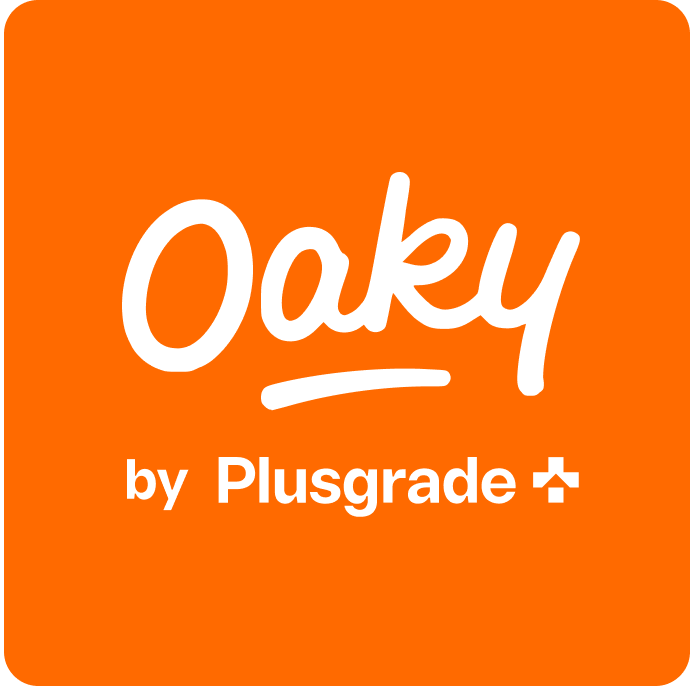What is RevPAR and how to increase it at your hotel?
Marieke Wisse
•

What is RevPAR?
RevPAR (revenue per available room) measures a hotel’s ability to sell its available rooms at a certain average rate. It’s the most common KPI (key performance indicator) hoteliers use to gauge their property’s financial performance.
Other popular KPIs include occupancy rate and average daily rate (ADR).
How to calculate RevPAR
The most straightforward way to calculate RevPAR is to multiply your ADR by your occupancy rate.
The following RevPAR formula will give you the same result: Total room revenue / number of available rooms
An example:
The Grand Hotel generated €20,000 in room revenue by selling 200 of its 300 rooms.
First step: calculate ADR – revenue of €20,000 / 200 rooms sold = ADR of €100
Second step: calculate occupancy percentage – 200 rooms sold / 300 available rooms = 66.7%
RevPAR formula: ADR of €100 X occupancy of 66.7% = €66.70
Or: total room revenue of €20,000 / 300 = €66.70

What your RevPAR tells you about your business
RevPAR shows you how well you’re doing at selling your rooms at your desired average rate. If your RevPAR rose, your ADR and/or occupancy went up, too. However, just by looking at changes in your RevPAR, you can’t see which of the other KPIs changed.
If you want to increase your RevPAR, look at ways to boost your occupancy or ADR, since they’re the driving factor behind this KPI. Of course, the overall economic situation will impact how well you can do with this. The more demand there is and the more guests are willing and able to pay, the easier it will be to drive ADR, occupancy and, consequently, RevPAR.
Comparing your current RevPAR with historical values is a good way to see how your performance has developed over time. This can also reveal trends such as annual high and low seasons and peak periods around recurring events (e.g. trade fairs). If you see that your RevPAR has been trending up or down over several years, you can take appropriate action.
RevPAR is also a good way to benchmark your performance against your compset. When using a tool like STR, you can see your direct competitors’ RevPAR and determine if you’re generating your fair share of revenue in the market.
Finally, RevPAR is also the key metric owners and asset managers look at to understand a hotel’s overall health and its potential as an investment.
Pros
- RevPAR is a good metric to measure your property’s overall health and performance
- The local RevPAR index reveals if you’re getting your fair share of revenue in the market.
Cons
- RevPAR only looks at room revenue. It excludes revenue generated in other departments (e.g. spa, F&B, events…)
- It doesn’t take into consideration the cost of doing business (e.g. operating cost, OTA commissions, etc.) and therefore doesn’t look at a hotel’s overall profitability.
How to increase your hotel’s RevPAR
You need to increase your ADR and/or occupancy to boost your RevPAR. Start by getting a solid understanding of demand patterns in your market. Then you can get more strategic with your pricing policies and avoid frantic discounts to drive revenue. Today, there are many tools that will help you better understand demand patterns and your competition. Use them to better position yourself and take advantage of revenue opportunities.
Of course, your customer experience also plays a key role. Delighted guests are more likely to return and spread the word (online and offline) about their wonderful stay. The better you deliver on your promises, the easier it will be to attract more business at your preferred rate.

Alternatives to RevPAR
While RevPAR already gives you a good understanding of how your hotel is doing, it has a few shortcomings too.
Especially during challenging times (like the Covid-19 crisis) looking at RevPAR alone isn’t enough. Even before the pandemic, there was already a shift towards more inclusive KPIs such as TRevPAR (Total Revenue per Available room), TRevPAG (Total Revenue per Available Guest) or GOPPAR (Gross Operating Profit per Available Room). Why? Because these metrics see your hotel as a whole. They consider important aspects that RevPAR ignores.
TRevPAR counts all revenue generated at your hotel. Think F&B, events, spa, parking and every other revenue-generating department. Looking at TRevPAR encourages hoteliers to find new ways to drive revenue apart from just selling rooms.
TRevPAG examines how much revenue you generate from each guest. This includes a client’s ancillary spending on room service, the spa, airport pick-up, etc. As you can imagine, this is the metric you can scale even during low demand periods by actively upselling and cross-selling.
Finally, GOPPAR is one of the best indicators of your hotel’s overall profitability. Generating a lot of revenue won’t do you much good if you don’t get to keep any of it. Examine how your GOPPAR develops over time to see if your hotel is becoming more profitable. If you find yourself at a standstill, or worse – receding backwards, then it may be time to identify areas of weakness and optimise your approach. Pro tip: a good place to start when increasing GOPPAR includes focusing on driving more direct, commission-free bookings and increasing operational efficiency through automation.
We hope this brief foray into the world of RevPAR gave you some food for thought. We're always happy to talk hotel KPIs, so get in touch if you would like to share your opinion on the Oaky blog! If you'd like to receive an in-depth overview on all the most relevant KPIs in 2021 along with other upselling insights, click below to enroll in our free upselling course.

